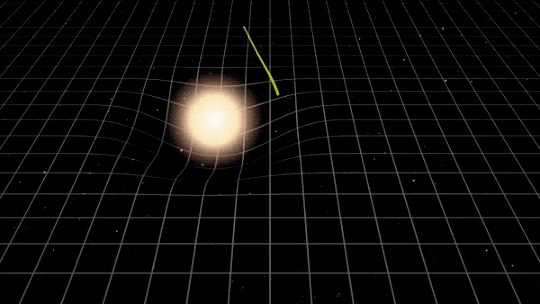NASA is, as always, looking into the next generation of thrusters to enable ever-more-ambitious space missions. One idea currently moving to phase II of the NASA Innovative Advanced Concept (NIAC) program is a Pulsed Plasma Rocket (PPR).
The PPR “uses a fission-based nuclear power system to rapidly cause a phase change in a fuel projectile from solid to plasma during a pulsed cycle,” a paper on the system explains. “To create the plasma bursts that provide thrust, a highly moderated Low Enriched Uranium (LEU) projectile can be used in combination with an unmoderated LEU barrel to preferentially heat the projectile. A short section of High Enriched Uranium (HEU) at the barrel base, along with a novel control drum mechanism, allows for controlled and rapid neutron population growth to transition into a plasma state in a fraction of a second.” The system could potentially generate up to 100,000 N of thrust.
“The exceptional performance of the PPR, combining high Isp and high thrust, holds the potential to revolutionize space exploration. The system’s high efficiency allows for manned missions to Mars to be completed within a mere two months,” NASA explains of the Howe Industries thruster in a press release. “Alternatively, the PPR enables the transport of much heavier spacecraft that are equipped with shielding against Galactic Cosmic Rays, thereby reducing crew exposure to negligible levels.”
NASA goes on to explain that the PPR could be used for much further missions, taking spacecraft to the asteroid belt and beyond, perhaps even 550 astronomical units (AU), with one AU being the distance between the Earth and the Sun.
While the immediate focus is on how this could be used to propel heavier, crewed missions to Mars in much smaller timescales than current propulsion systems can allow, NASA mentions one mission that the thruster’s potential for long-distance travel could allow. In short, if we can get equipment 550 AU from the Sun, we could use our star as a giant telescope.
As implied by Einstein’s general theory of relativity, giant objects in the universe bend space-time, altering the path of light.

How gravitational lensing works.
Image credit: NASA, ESA, and Goddard Space Flight Center/K. Jackson
Using massive objects as a lens, we can see light from beyond the object in question. This isn’t some abstract idea, but something we can do fairly regularly using telescopes such as the JWST. While cool, we are limited by the location of these objects, and objects which happen to be behind them.
But we already have a massive object close by that causes gravitational lensing.
“The gravitational field of the sun acts as a spherical lens to magnify the intensity of radiation from a distant source along a semi-infinite focal line,” Von Russel Eshleman, who first proposed the concept, wrote in a paper. “A spacecraft anywhere on that line in principle could observe, eavesdrop, and communicate over interstellar distances, using equipment comparable in size and power with what is now used for interplanetary distances. If one neglects coronal effects, the maximum magnification factor for coherent radiation is inversely proportional to the wavelength, being 100 million at 1 millimeter.”
Though there are still astronomical challenges ahead for such a mission (including significant distortion introduced by gravitational lensing, and moving spacecraft vast distances to observe the object behind it that you are interested in), in theory, this could be used to build up images of the actual surfaces of other worlds.
The region where we can use this gravitational lensing to view far-off distances begins at around 550 AU, which is far beyond what we have achieved so far. Voyager I has reached a little over 160 AU since its launch in 1977. But with the next generation of thrusters, perhaps this mission will soon be more achievable, and we can use our own star as a telescope to view other planets.
Source Link: Pulsed Plasma Thruster Funded By NASA Could Enable One Of The Coolest Space Missions Imagined